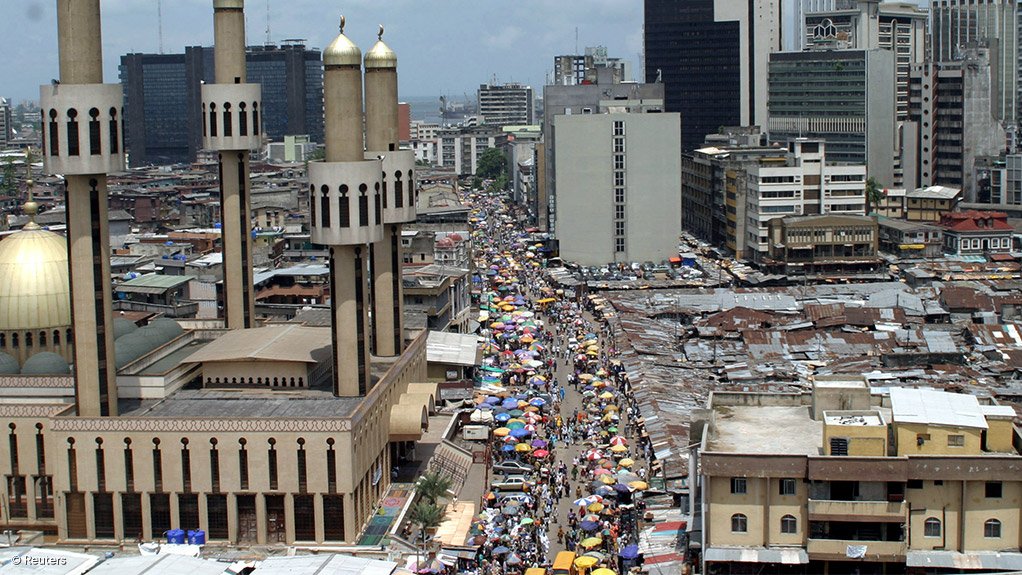The initial focus of the newly formed African Association of Automobile Manufacturers (AAAM) would be to assist countries wishing to participate in the automotive value chain to implement the appropriate legislation and regulations that would allow the automotive industry to thrive on the continent, said Ford Motor Company sub-Saharan Africa government affairs director Dhiren Vanmali on Thursday, speaking at the launch of the ‘Deloitte Africa Automotive Insights’ report in Johannesburg.
The AAAM was inaugurated in November in Dubai, with Ford Motor Company sub-Saharan Africa president and CEO Jeff Nemeth serving as the chairperson and Nissan South Africa MD Mike Whitfield as the vice-chairperson.
Ford, General Motors, BMW, Toyota, Volkswagen and Nissan were all AAAM members.
The “real key” to growing automotive assembly in Africa, with many countries desperately seeking increased industrialisation, was a relevant industrial policy framework, noted Whitfield at the same event.
He emphasised that South Africa’s automotive industry existed because of government’s Automotive Production and Development Programme (APDP). Without that, the local industry would face the same fate as the vehicle manufacturing industry in Australia, which was about to close its doors.
Whitfield added that the AAAM would not be dictated to from South Africa, despite the presence of some South Africa-based executives, with the emphasis strictly on developing the entire continent as an automotive hub.
Vehicles were currently manufactured in South Africa, and to the north of the continent, in Morocco and Egypt.
“The continent can also support manufacturing in the east and west,” noted Whitfield.
This was not to say, however, that every country in Africa would be able to assemble vehicles.
The key driver for the start of manufacturing was the existence of market potential, he said. The only two countries in the world that had a population of more than 100-million people, but not an automotive assembly industry, were Pakistan and Nigeria.
IMPORTS, FINANCE
Legislative restrictions that AAAM would like to tackle included limited access to vehicle finance and the proliferation of imported new and second-hand vehicles into Africa – with the latter choking demand for new vehicles and, by implication, the need for local manufacture.
The Deloitte report indicates, for example, that the volume of vehicles imported into Kenya between 2003 and 2012 grew at more than 300%, from 33 000 units to 110 474 units, with more than 80% of those units being second-hand.
Passenger vehicles were Kenya’s fourth largest import overall in 2014, valued at $420-million, making up 2.3% of total imports (by value), while commercial vehicles ranked seventh, valued at $370-million.
“Decreasing the age of cars that are allowed to be imported into Kenya, while simultaneously decreasing the affordability of these cars by increasing the taxes levied on them, should drive sales of more affordable, newer, more road-worthy, locally assembled cars,” states the report. “Incentives to assemble locally, such as tax breaks or waiving of import duties for parts, will make it more affordable to assemble vehicles in Kenya.”
Whitfield added that it was important that the automotive industry delivered affordable vehicles, as well as affordable financing, should governments deliver improved regulatory regimes.
“This is key to unlocking these markets.”
He noted that new-vehicle finance in Nigeria, if secured, could run at “23%, 24%” interest.
He also estimated that around 200 000 to 300 000 vehicles were smuggled into Nigeria from Benin a year – something which would also need to be addressed through legislation.
Africa was certainly hungry for cars and trucks, added Deloitte Africa Automotive director Karthi Pillay.
Ethiopia, for example, had the lowest motorisation rate globally, with only two cars per 1 000 inhabitants in 2014.
Around 85% of vehicles sold in this country were second-hand, with about 90% of this number Toyotas.
Out of an estimated 90-million new-vehicle sales globally in 2015, only 1.55-million were in Africa.
Edited by: Creamer Media Reporter
EMAIL THIS ARTICLE SAVE THIS ARTICLE
To subscribe email subscriptions@creamermedia.co.za or click here
To advertise email advertising@creamermedia.co.za or click here













